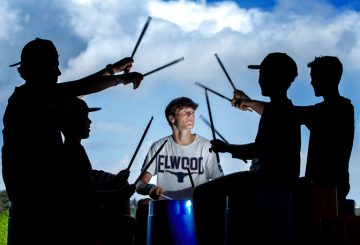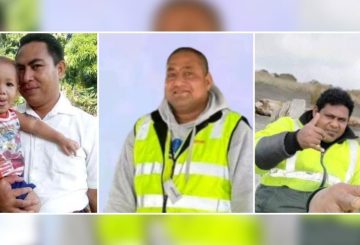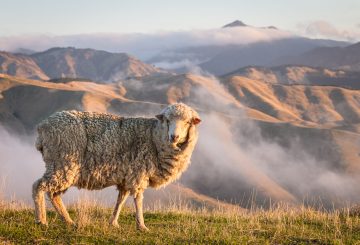Bạn đã bao giờ coi cá voi là một hoạt động mùa đông vui vẻ chưa? Tổ chức Great Kaikōura Whale Count ở New Zealand đang tìm kiếm tình nguyện viên từ ngày 27 tháng 6 đến ngày 10 tháng 7. Viện Nghiên cứu Đại dương Kaikōura (KORI) bắt đầu dự án này vào năm 2020 khi các công ty du lịch đóng cửa do hạn chế Covid-19.
Mục tiêu của dự án là ước tính số lượng cá voi di cư giữa các khu vực kiếm ăn của chúng ở Nam Dương gần Nam Cực và nơi sinh sản của chúng ở vùng khí hậu ấm hơn. Việc đếm đã bị tạm dừng trong một năm do thiếu kinh phí, nhưng giám đốc KORI, Tiến sĩ Jody Weir xác nhận rằng tài trợ đã được đảm bảo từ Hội đồng quận Kaikōura.
Gần 200 tình nguyện viên từ khắp nơi trên cả nước hỗ trợ việc đếm hàng năm. Trong ba năm nó được tiến hành, KORI đã quan sát thấy sự gia tăng số lượng cá voi, bao gồm cá voi gù và một số lượng lớn bê. Tiến sĩ Weir nói: “Vào ngày đẹp nhất năm 2022, chúng tôi đã đếm được 40 con lưng gù và có orca, cá voi tinh trùng và cá voi xanh.
Vào tháng 5 năm 2020, các nhà khai thác du lịch địa phương WhaleWatch và Dolphin Encounter đã đóng cửa vì Covid, nhưng cá voi vẫn đang di cư. Những người không làm việc và nhận trợ cấp của chính phủ đã được gửi đến để giúp đỡ, cùng với những khách du lịch bị mắc kẹt trong khu vực.
KORI đã nhận được một khoản tài trợ từ hội đồng để tài trợ cho một số chương trình thực tập, cho phép sinh viên giúp điều hành các sáng kiến, bao gồm cả việc đếm cá voi. Mỗi ngày, từ ngày 27 tháng 6 đến ngày 10 tháng 7, các tình nguyện viên sẽ phát hiện cá voi tại trạm giám sát trên bán đảo Kaikōura từ 10 giờ sáng đến 4 giờ chiều nếu thời tiết cho phép.
Một buổi huấn luyện sẽ được tổ chức tại Bảo tàng Kaikoura vào ngày 27 tháng 6 và sẽ có các sự kiện miễn phí để ăn mừng cá voi vào thứ Bảy, ngày 29 tháng 6 và Chủ nhật, ngày 7 tháng 7. Để biết thêm thông tin, bạn có thể liên hệ gkwc2024@gmail.com.





























































